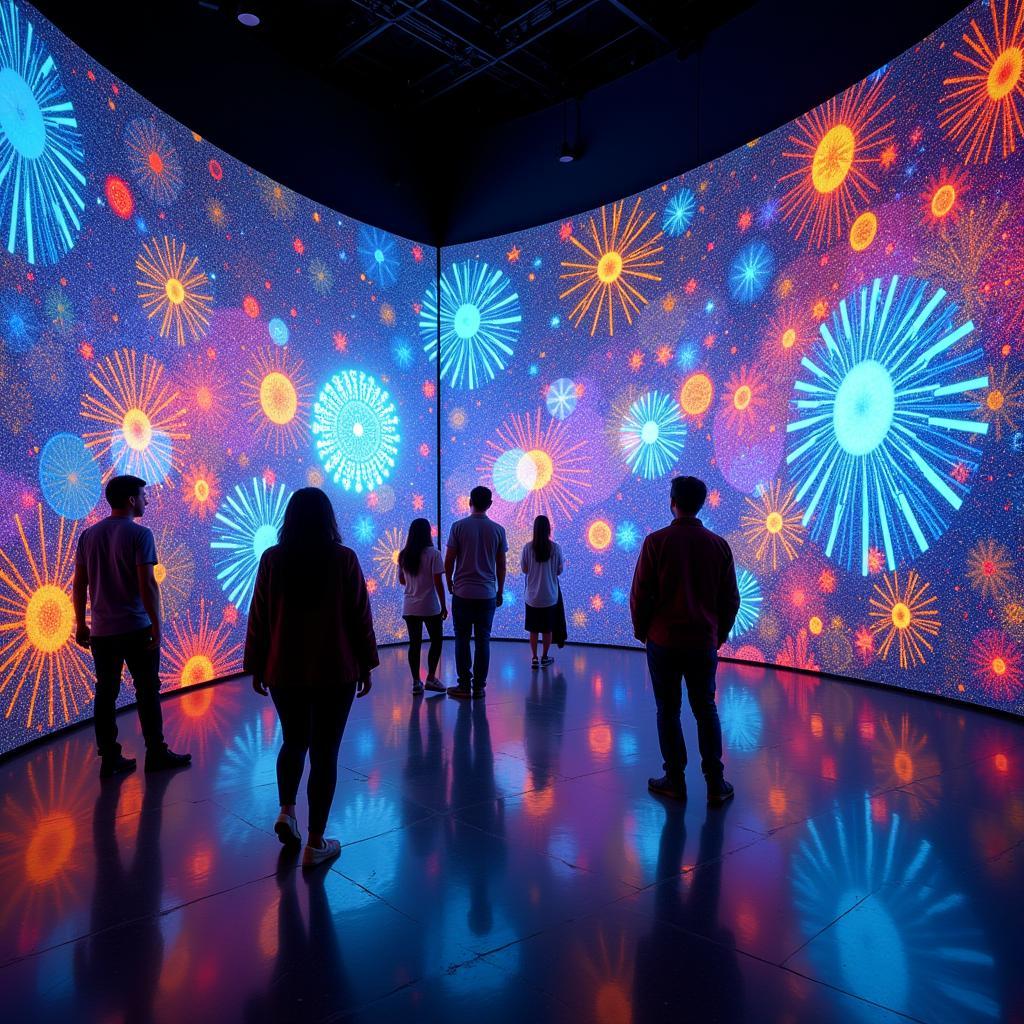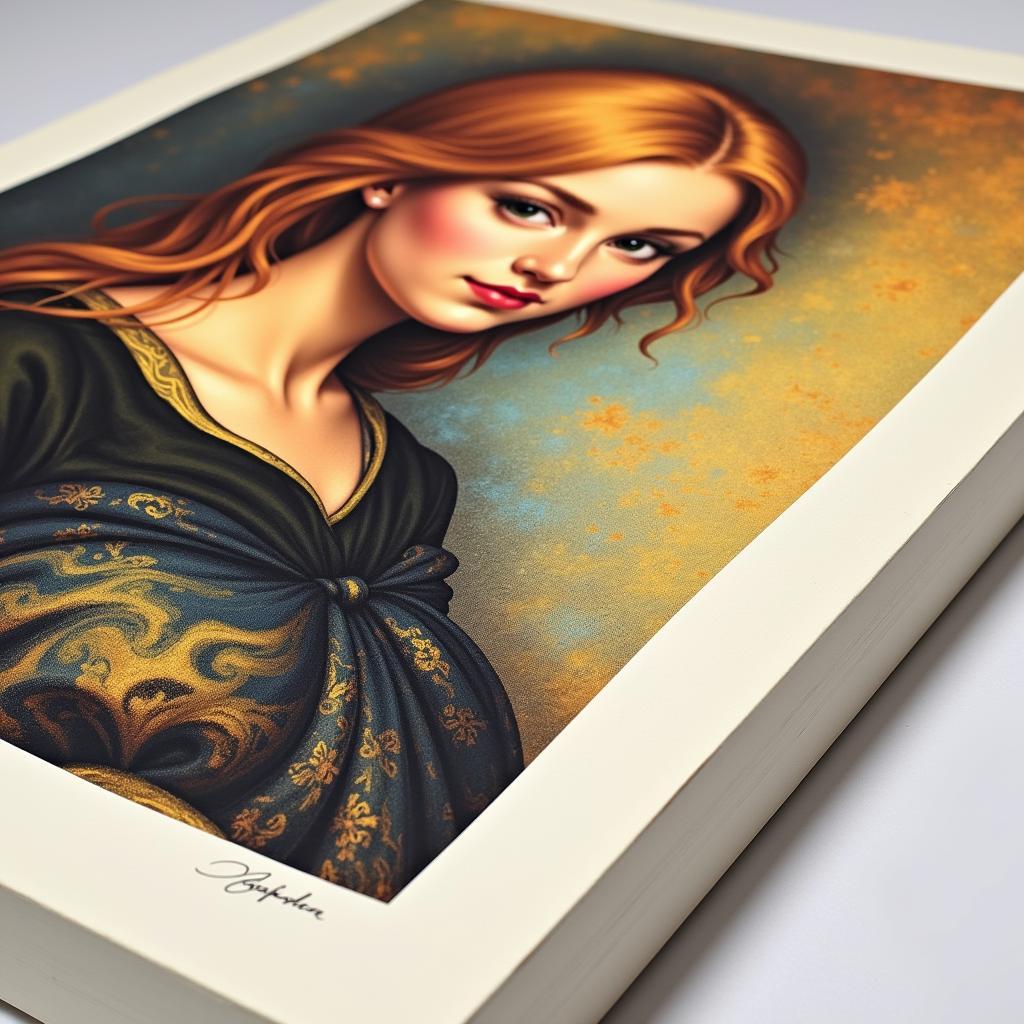A Journey Through Russian 19th-Century Art
Russian 19th-century art stands apart as a unique and fascinating period in art history, diverging from the Western European trends of the time. This era witnessed the rise of a distinct Russian identity in the art world, fueled by a complex interplay of social, political, and cultural forces.
The Rise of the Peredvizhniki: Challenging Conventions
At the heart of this artistic revolution was the Peredvizhniki (Wanderers) movement. This group of realist painters emerged in the 1860s, rejecting the prevailing academic art favored by the Imperial Academy of Arts. The Peredvizhniki championed art that depicted the realities of Russian life, particularly the plight of the peasantry and the struggles of the common man.
 Russian Realist Painters
Russian Realist Painters
Key figures like Ilya Repin, Ivan Kramskoi, and Vasily Surikov breathed life into this artistic movement. Repin’s powerful portrayals of historical events and social injustices, such as “Barge Haulers on the Volga” and “They Did Not Expect Him,” remain iconic representations of the Peredvizhniki’s commitment to social realism. Kramskoi, celebrated for his psychological portraits, captured the souls of his subjects, while Surikov’s monumental historical canvases, like “The Morning of the Streltsy Execution,” transported viewers back to pivotal moments in Russian history.
Beyond Realism: Exploring Diverse Artistic Expressions
While the Peredvizhniki undoubtedly left an indelible mark on Russian 19th-century art, the era encompassed a broader spectrum of artistic expressions. Landscape painting flourished, with artists like Ivan Shishkin and Isaac Levitan capturing the beauty and vastness of the Russian landscape. Shishkin’s meticulous detail in depicting forests and Levitan’s evocative portrayals of mood and atmosphere established them as masters of the genre.
 19th-Century Russian Landscapes
19th-Century Russian Landscapes
Towards the end of the century, a new generation of artists began to emerge, challenging the conventions of realism and embracing new artistic trends. The World of Art group, led by figures like Alexandre Benois and Léon Bakst, drew inspiration from art nouveau and symbolism, emphasizing beauty, aestheticism, and a fascination with the past. Their collaborations with Sergei Diaghilev’s Ballets Russes in Paris introduced a vibrant new aesthetic to the world of theater and design.
A Legacy of Innovation and Artistic Brilliance
Russian 19th-century art, from the social realism of the Peredvizhniki to the burgeoning avant-garde, offers a captivating glimpse into a nation undergoing profound transformation. This period witnessed a remarkable flourishing of artistic talent and a bold departure from established norms, laying the groundwork for the groundbreaking artistic movements that would define the 20th century.
Frequently Asked Questions About Russian 19th-Century Art
1. What are the defining characteristics of Russian 19th-century art?
Russian 19th-century art is characterized by its focus on realism, particularly in depicting everyday life and social issues. It also showcases a strong connection to Russian history and identity.
2. Who were some of the most famous Russian artists of the 19th century?
Some of the most celebrated artists include Ilya Repin, Ivan Kramskoi, Vasily Surikov, Ivan Shishkin, Isaac Levitan, Alexandre Benois, and Léon Bakst.
3. How did Russian 19th-century art differ from Western European art of the same period?
While Western Europe saw the rise of Impressionism and Post-Impressionism, Russian art focused on realism and national identity, reflecting the country’s unique social and political climate.
4. What is the legacy of Russian 19th-century art?
This era left behind a rich legacy of artistic innovation, influencing future generations of Russian artists and contributing to the development of modern art movements.
5. Where can I see examples of Russian 19th-century art today?
Major museums like the Tretyakov Gallery in Moscow and the Russian Museum in St. Petersburg house extensive collections of Russian 19th-century art.
Explore the beauty and depth of Russian 19th-century art further. Discover the stories behind the masterpieces and delve into the rich tapestry of this fascinating period.
For any inquiries or assistance, please don’t hesitate to contact us:
Phone Number: 02462573573
Email: danteum@gmail.com
Address: Savico Megamall, 7-9 Đ. Nguyễn Văn Linh, Gia Thụy, Long Biên, Hà Nội 10000, Việt Nam.
Our dedicated customer service team is available 24/7 to assist you.


